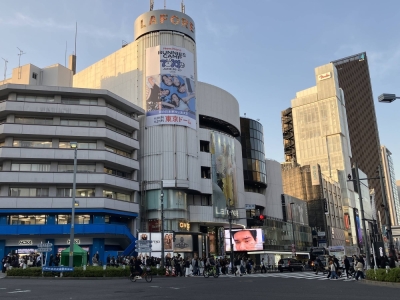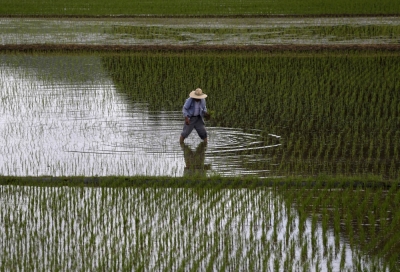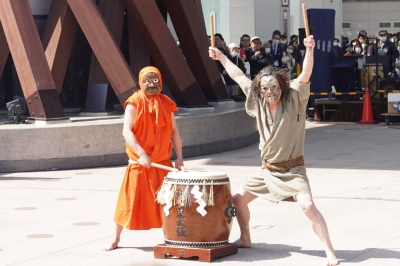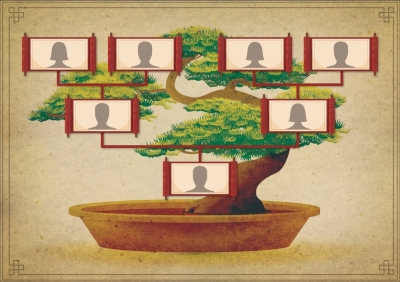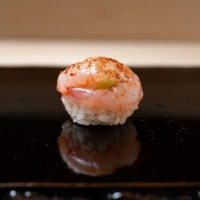THE ASIAN BOOKSHELF
Jun 3, 2007
May 27, 2007
May 20, 2007
May 13, 2007
May 6, 2007
Apr 29, 2007
Apr 22, 2007
Apr 15, 2007
Apr 8, 2007
Apr 1, 2007
Mar 25, 2007
Mar 18, 2007
Mar 11, 2007
Mar 4, 2007
Feb 18, 2007
Feb 11, 2007
Feb 4, 2007
Jan 28, 2007
Jan 21, 2007





